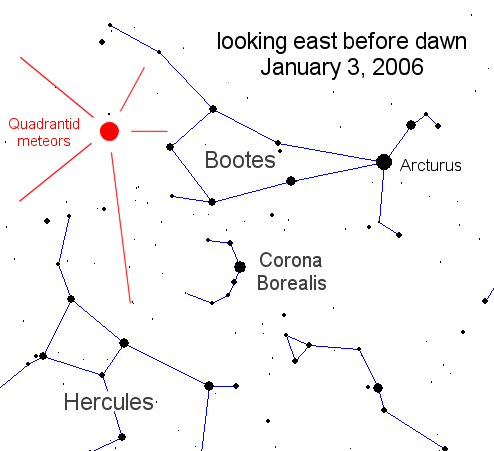 The weather today will cooperate for many of you, as clouds scatter out of the region, and temperatures rise into the lower 60s.
The weather today will cooperate for many of you, as clouds scatter out of the region, and temperatures rise into the lower 60s.Superrefraction and Ducting...Pay attention:
With all the fog this morning, a high moisture content was hovering a few meters off the ground, before decreasing rapidly with height above 100 feet or so. This type of regional weather set up; that is, one with a large amount of ambient moisture close to the ground, and a low amount of moisture a few hundred feet up, creates a phenomenon on Doppler Radar known as superrefraction and ducting. The radar
 beam becomes bent, and in this case, bent in such a degree as to intersect back with the earth in north central VA. When the radar beam comes in contact with the earth, high reflecitivies are revealed on the radar, known as as anomalous propagation.
beam becomes bent, and in this case, bent in such a degree as to intersect back with the earth in north central VA. When the radar beam comes in contact with the earth, high reflecitivies are revealed on the radar, known as as anomalous propagation.Forecast:
A low pressure system will develop overnight before moving up the east coast tomorrow morning. Rain showers will once again overspread the region, lasting through midday, before pulling out by the evening rush. There is a slim chance (better chance in the mountains) that some of the showers change over/mix with snow towards the noon hour tomorrow. No accumulation anticipated.
Long Term Outlook:
As you may have heard, the temperatures in Alaska remain brutally cold (some readings around 50 or 60 below zero). Current indications are that this cold gets set loose within the next 180-200 hours, and coagulate in central Canada for a few days. By the 6th or 7th of February, we should begin to feel the effects of decreasing temps, before plunging into a well below-average temperature regime around the 10th-15th.
Some GFS ensemble members (a specific long-range numerical model) push sub 5280M heights at 500 millibars into the region, which happens to be a considerably low atmospheric height for our area. Normally, temperatures associated with sub 5300M heights at this time of year plunge into the 20s and 30s
Just some good stuff to look forward to...

































